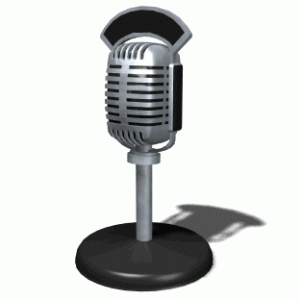We have reached yet another anniversary of the Great Ice Storm of 1998. It began in Montreal on January 5th of that year. The storm hammered the Montreal area. Not only was Montreal affected, but so was a wide area of southern Quebec and eastern Ontario. There was also ice accumulation in New Brunswick. Northern New York and Vermont were also hit hard.
Nobody really saw the storm coming. Three storm waves of freezing rain came through and lasted for 80 consecutive hours. Some parts of the affected region were hit with 100mm of ice or more.
Life in Montreal become paralyzed as the ice continued to accumulate. Roads were almost impassable, and travel became nearly impossible as the bridges and tunnels to and from the island of Montreal were shut down. People would literally stuck on the island.
By far the biggest impact of the storm was on the power grid. Ice accumulation brought down immense hydro pylons, cutting power to huge population centres. For a time, around 4 million people were without power, and most of them were in Quebec. it would take weeks, if not months to restore power for some. The power situation was particularly brutal on the South Shore. Montreal’s water treatment plants were also affected by the power outages and people were forced to boil their water.
Quebec, Ontario and New Brunswick requested the Canadian military be called in on January 7th. About 16,000 troops would help with rescue and clearing operations. It was the largest non-combat-related military mobilisation in Canadian history. Municipalities also set up special centres to house people who had lost power. Some people were afraid to leave their homes for fear they would be looted.
By the time the storm ended on January 10th, 28 people had died in Canada, and most of them died of hypothermia. The cost of the damage was estimated to be over $2 billion in Quebec alone. Harm was also done to the landscape. Over 80 per cent of Mount Royal’s trees were damaged, and 5000 of them would have to be cut down. Farms were devastated and the maple syrup industry was also hard hit.
As far as radio was concerned, the storm knocked out CJAD's antenna. They would reach a deal with CKGM to broadcast on 990 kHz for several months until their signal was re-established on 800 AM. Many listeners switched over to the now-defunct CIQC when CJAD got knocked out. That resulted in them gaining a whole new audience. They were not able to translate that into any long-term success, and most listeners returned to CJAD once they got back on the air.
Some smaller Montreal stations also managed to stay on the air despite the ice. I've heard stories of how CINQ continued to broadcast using auxiliary power. Yes, the Internet was around by 1998, but when the power grid goes down, just about everything else goes down with it. Even if you have battery power for your computer or mobile device, the relay centres may be overwhelmed or down. You may have to go back to the basics and get your local information from old-fashioned terrestrial radio.
Here are some classic Ice Storm YouTube clips from January 1998:

No comments:
Post a Comment